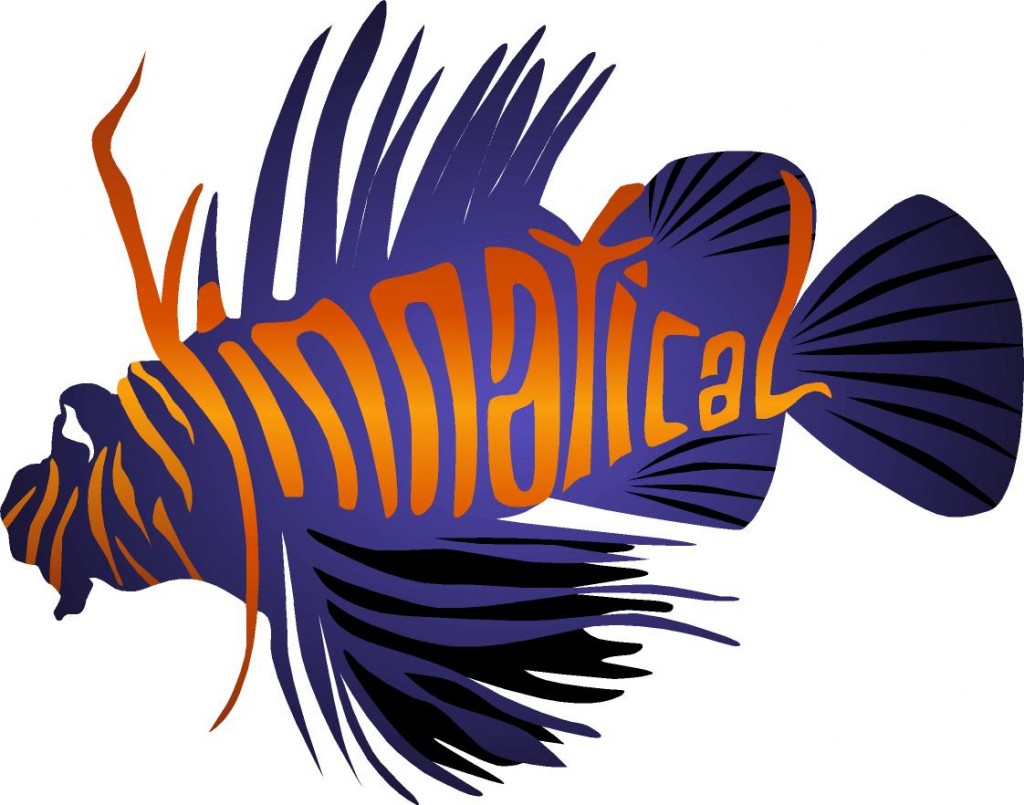Q. What is Emergency First Response?
A. Emergency First Response is the fastest-growing international CPR, AED and First Aid training organization, with more than 31,000 instructors world-wide. Emergency First Response participant courses include Primary Care (CPR), Secondary Care (first aid) and Care for Children courses, as well as a recommended Automated External Defibrillator (AED) component and emergency oxygen use orientation.
Q. Who can take an Emergency First Response provider course?
A. Anyone who is interested in acquiring or updating CPR and first aid skills.
Q. How much do courses cost?
A. Course costs are determined by factors such as number of people to be trained and location, and vary accordingly. Contact us – we’d love to give you a quote.
Q. What is an AED and why would I want to learn about it?
A. An Automated External Defibrillator (AED) is an easy-to-use portable machine that automatically delivers a shock to a patient who is not breathing and has no heartbeat. In the hands of knowledgeable responders, AED units dramatically increase the survival rate of these patients. Because early intervention is so important for these patients, many businesses, government agencies, recreational facilities and public places are making AEDs readily available for properly trained personnel.
Q. What is the recommended AED training component?
A. The recommended AED component gives participants practical experience in AED use. Ask us about including this training in your course.
Q. What’s the difference between the Emergency First Response Primary Care and Secondary Care courses and Emergency First Response Region-specific courses?
A. The Emergency First Response Primary Care and Secondary Care courses meet the needs of anyone who wants to learn CPR and first aid. There are no special restrictions or requirements on teaching Emergency First Response Primary Care and Secondary Care courses to consumers or in the workplace.
Q. How long are the Emergency First Response courses?
A. It varies depending on how your course is conducted. For example, it might be as short as three to four hours for both Primary and Secondary Care courses, if your course incorporates independent study. If the Primary and Secondary Care courses do not incorporate independent study, they could take up to 16 hours. Since the course is performance-based, other factors, such as the number of participants, whether recommended skills are included, the number of mannequins available and how quickly participants master the skills practice sessions will also determine course length. Visit this website’s Course Lengths page for course-specific time information.
Q. What are the required course materials?
A. Emergency First Response courses are supported by a full contingent of educational materials, including:
Emergency First Response Participant manual (with independent study section, skill workbook and reference guide). This is used for the Primary Care and Secondary Care courses.
Emergency First Response Primary Care and Secondary Care video.
Emergency First Response Care for Children Participant manual (with independent study section, skill workbook and reference guide). This is used for the Primary Care and Secondary Care courses for infants and children up to eight years old.
Emergency First Response Care for Children Care video.
Q. How often must I renew my skills?
A. Training for the Primary and Secondary Care courses is valid for two years. After successfully completing the course, participants receive a course completion card. Emergency Responders can refresh their skills through a short skills practice session or as part of a regular Emergency First Response class.
